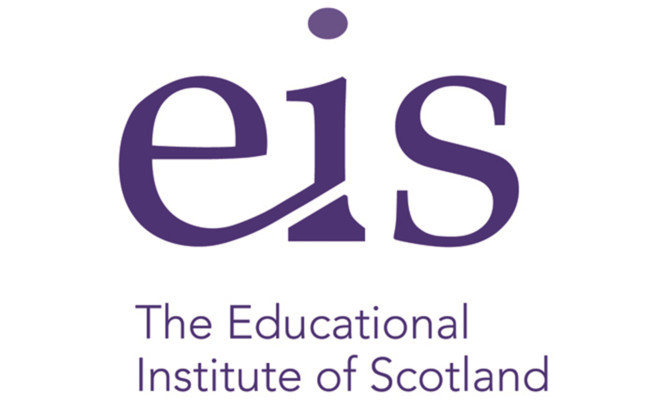Teachers could be on course to take strike action if they fail to get a “satisfactory outcome” in talks over pay.
Members of the EIS teaching union will raise the prospect of such a protest when they meet later this week for their annual general meeting (AGM).
As well as a motion calling for a ballot for industrial action, up to and including strike action, on the issue of pay, union members will also consider taking action if workload issues remain unresolved.
Larry Flanagan, the union’s general secretary, said: “The signal that teachers are sending out is that enough is enough and that these issues must be tackled to reduce the workload burden.
“Teachers are always extremely reluctant to take industrial action, so it is significant that there are a number of motions calling for some form of industrial action over workload to be debated at the AGM this year, including calls or a boycott of some of the internal assessments currently demanded by the SQA (Scottish Qualifications Authority).”
EIS members in Dundee say that the union’s council must “campaign for a restorative pay deal for teachers which does not link an increased salary with detrimental changes to conditions of service”.
Their motion adds: “If no satisfactory outcome is forthcoming, members are to be balloted for industrial action up to and including strike action.”
Other motions to be debated at the conference, which is taking place in Perth from Thursday to Saturday, could lead to industrial action as a result of changes to the exam regime.
The East Ayrshire local association has put forward a motion calling for a “ballot for a boycott of all SQA-related work unless SQA assessment can be managed within the 35-hour working week.”
Both the Highland local association and West Dunbartonshire local association say that teachers should be balloted on industrial action “amounting to a boycott of co-operation with SQA, including the marking of unit assessments at National 5 and National 6 levels until such time as the SQA reduces the enormous burden and reforms the nature of internal assessments for all course”.
Mr Flanagan said: “Despite the fine words of politicians on the need to support schools and teachers, the evidence from both the recent EIS workload survey – which highlighted an average teacher working week of 46.5 hours – and the range of motions to this year’s AGM indicate that excessive workload remains a huge issue for teachers and, therefore, for our schools and our pupils.”
He insisted: “The message to the Scottish Government, to local authorities and national education bodies could not be clearer – you must take action, now, to lighten the load on our schools and our teachers.”
A call for the EIS to “investigate and report on the impact of teacher shortages” will also be discussed at the conference, along with a motion condemning “budget cuts which have been inflicted on Scottish education in recent years”.
A Scottish Government spokesman said: “The Scottish Government is working with teachers’ representatives, local authorities and other partners to address concerns around workload.
“The report by the Working Group on Tackling Bureaucracy identified specific areas where changes need to be made and how we can make sure teachers have the freedom they need to carry on delivering our world-class curriculum.
“We are committed to making sure councils have the right number and highest quality of teachers in our schools, which is why we have offered councils £51 million, including an additional £10 million over and above last year’s settlements to support teacher numbers.
“Education and closing the gap in attainment between children from the most and least deprived communities is a top priority for this Government.
“Despite Westminster austerity, we remain wholly committed to mitigating the effects of welfare cuts and ensuring our education system is resourced to continue to meet the needs of children, parents, schools and communities.
“Figures published last week show councils are planning to spend 3.3% more on the delivery of education in 2015-16 – the largest increase in six years.
“Local government has been treated very fairly despite the UK Government’s cuts to the Scottish Budget.”
